
Shibetsu fishing harbor sits quietly before the autumn salmon fishing season. One can see Kunashiri Island in a blue hue floating out on the horizon.

Shibetsu fishing harbor sits quietly before the autumn salmon fishing season. One can see Kunashiri Island in a blue hue floating out on the horizon.
From the year 2000, fishermen, wholesale markets, fish processing plants, and forwarding agents have all become affiliated with the Shibetsu region’s HACCP (Hazard Analysis and Critical Control Point) Promotion Council which exists for the purpose of continuing to preserve and maintain thorough hygiene and safety standards with its products.
According to Shibetsu Fisheries Cooperative Association Board of Directors Spokesperson, Nishiyama Ryoichi: “This region’s HACCP was the first in the nation to be highly appraised. But, our fishermen’s fundamental, and not exceptional, priority is preserving the freshness of the fish. Each boat brings ice with it out to sea, and once caught the salmon are chilled in the boat’s hold at temperatures of around zero degrees Celsius. In any case, the body temperature of the fish does not rise.”
Introduced by the regional HACCP, the processes of unloading, wholesale, processing, and transport are arranged into an integrated system. Every day, the fishermen estimate water temperatures, maintain standards of cleanliness, etc. which they record in accordance with a series of checkpoints. They are then all gathered and stored in one location.
“After close to 20 years, this has become a natural procedure. It can be fairly stated that fishermen regularly keep preserving the freshness of the fish in mind, and even if a problem comes about, without hesitation we responsibly handle it. With these things in mind, I think that there is a connection between the high quality salmon of the Shibetsu fishing industry and the thorough awareness being exercised every step along the way to production.”
Moreover, there is an evolution occurring in the ongoing dealings with salmon. From the second half of 1990 until the beginning of the 2000 fiscal year, high numbers of caught fish between 15,000 and 18,000 tons were recorded, but in 2008 there was a sharp decrease of around 6,000 tons. Even today, this poor-catch trend continues. Moreover, along with the growing popularity of imported farmed salmon from Norway and Chile, the value of the autumn salmon within the domestic industry has fallen into a sharp slump. From these unfavorable conditions, the development of “Senjou Ipponjime” began. Sasaki Katsuyuki from Shibetsu Town Hall Fisheries Division says:
“Even as we lament the decrease in salmon and decrease in their unit price, the problem remains unresolved. From 2008, the town and the fishing association, along with the Kushiro Fisheries Testing Station, have begun independent research in fish-bleeding techniques.”
After 3 years of research, we established the optimal bleeding method. While draining the salmon, the roe and soft roe both keep good color and are well-preserved for processing. Until then, the soft roe was not especially consumed. However, new commerce concentrated in the Kanto region has developed. Last year, Kanto kaiten zushi (conveyor-belt sushi) used the raw sushi, and it has gained a favorable reception.
“Until now, the number of salmon in Shibetsu has remained competitive. Though from here on out there is a need to think in other directions as well. The regional HACCP is rooted here, perhaps the time has come to continue on to the next front.”
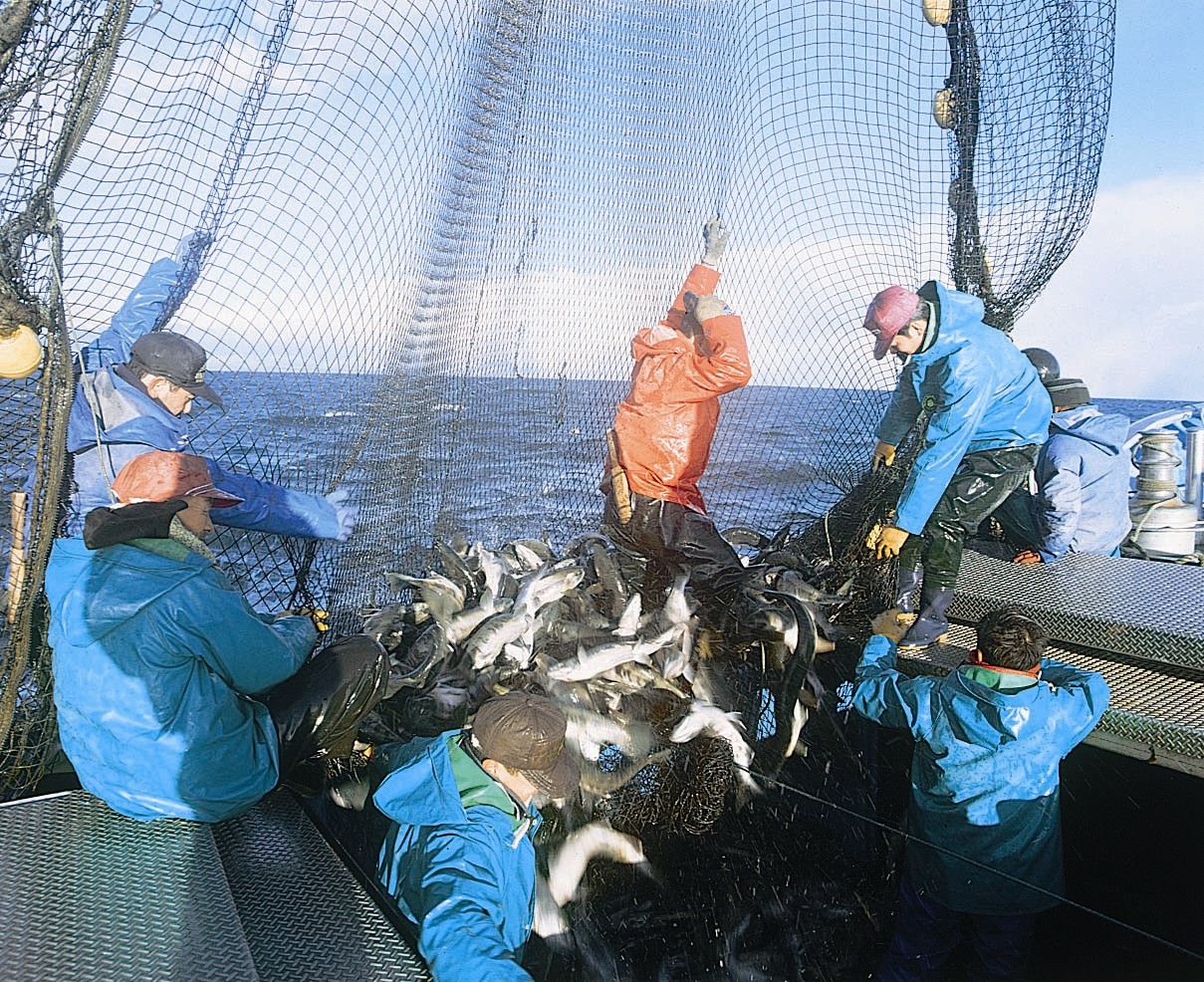
Hauling in the salmon net. Today, there are around 130 fishermen engaging in fixed-net salmon fishing in Shibetsu Town. (Courtesy of Shibetsu Town)
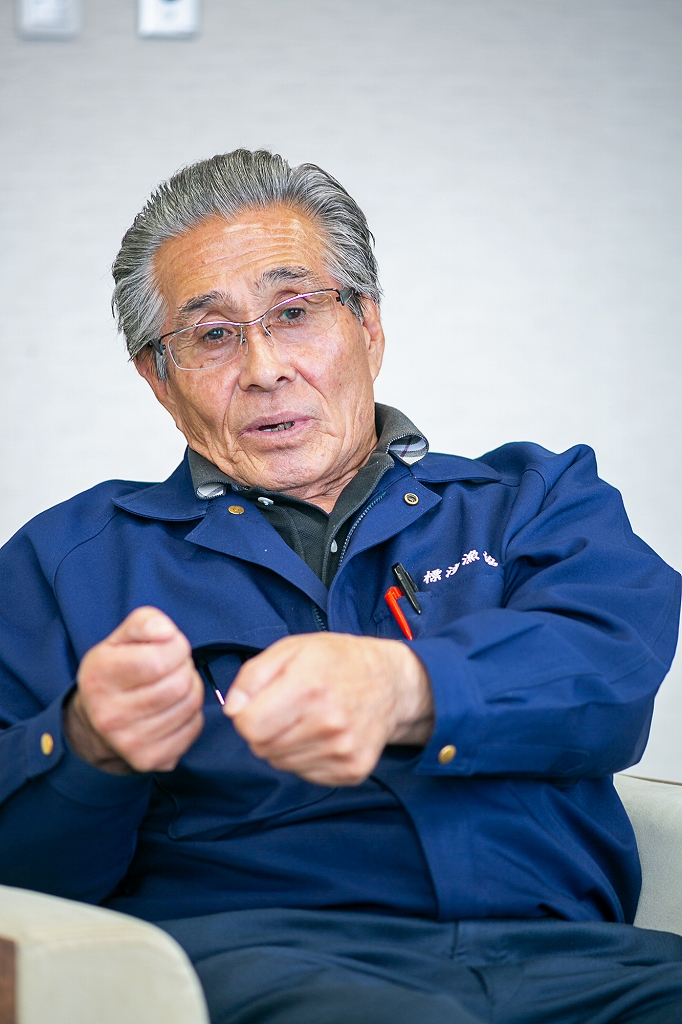
Ryoichi Nishiyama , Shibetsu Fisheries Cooperative Association, Spokesperson for the Board of Directors.“From now on, the Fisheries Cooperative Association plans to make concerted efforts regarding environmental problems in the ocean.
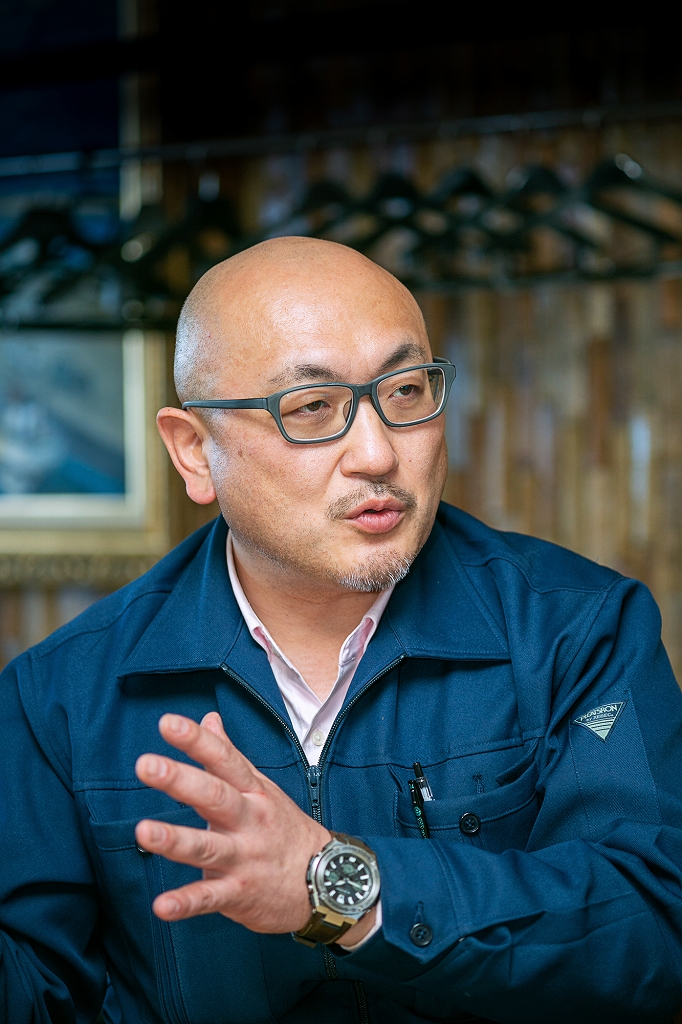
Sasaki Katsuyuki, Shibetsu Town Hall Fisheries Division
“When the Senjou Ipponjime soft roe is introduced at fishing business conferences on Honshu, it is said that ‘it’s even tastier than Fugu soft roe.’”
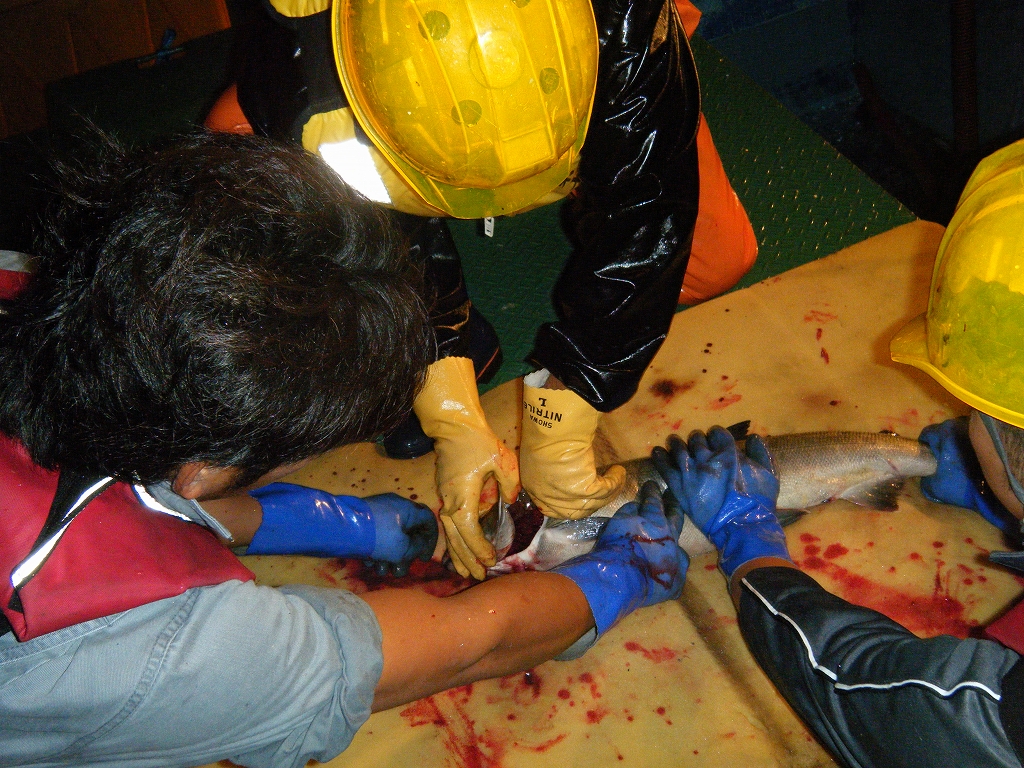
When using the Senjo Ipponjime technique, the fish is bled while still alive on the boat. This is a technique distinctive of Shibetsu Town that aims at improving the quality and freshness of the product. The color quality and tension of the meat is good, while the overall freshness is preserved. (Courtesy of Shibetsu Town)
1-1, Kita 6-jo Higashi 1-chome, Shibetsu-cho, Shibetsu-gun, Hokkaido, Japan
Tel.: 0153-82-2035
Direct sales store Open hours : 8:30 to 17:00, Closed on Sundays
Website
In Shibetsu Town, the significance of the salmon is not only limited to its role as a resource to the fishing industry, but is also understood from a cultural and scientific point of view. The Shibetsu Salmon Museum opened in 1991. The aquarium exhibits salmon ichthyology as well as other fish from the ocean and rivers of Shibetsu. The field museum also introduces salmon ecology and culture, as well as various research from universities, research institutions, and the like. Aside from this, since 2012 surveys continue concerning the natural salmon spawning in the river within the town, and activities aimed towards the improvement of natural spawning.
We listened to what Masaki Ichimura, working as head of the institution and a member of the staff since its opening, had to say:
“When it comes to maintaining the number of salmon as resources, artificial incubation and stocking fish are absolutely necessary. However, up until the present there had been little reflection on the natural spawning. We now acutely consider these things, which gives these activities impetus. Out of members of the Fishery Association, the Fixed Net Salmon Fishing Committee, the Nemuro Regional Salmon and Trout Breeding Industry Association, the town itself, and the Salmon Museum the Shibetsu Town Salmon and Trout Natural Spawning Survey Council was formed. On this council, I serve as a commanding officer for policy implementation. So far, we have performed surveys of the amount of salmon hatchlings, the survival rate of the eggs, as well as the overall condition of the river.”
There were originally not many natural salmon spawning in the rivers that were surveyed. This was to be expected. In the area where the salmon are gathered there is a boundary due to a blockage in the river, where they are unable to swim upstream. If the river’s water level rises past this boundary then the salmon swim upstream and lay their eggs; but according to this survey, in the crowded areas where the salmon are spawning repeatedly, the survival rate has been found to be lower. Moreover, through repairs and restructuring to straighten the river, the riverbed gravel that is not easily permeated by fresh water is thought to suffocate and kill large numbers of eggs. Ichimura and others have enacted efforts in order to grapple with and improve upon these conditions. One such effort is the establishment of ‘barb’ river engineering. The structures called ‘barbs’ are a handmade apparatus with nets attached made to gather stones, rocks, (etc.) in the middle of the river. This is done to artificially create differences in meandering water flows and seafloor elevation, which increases the number of viable locations where fish eggs can hatch. By means of this device, the previous 20% survival rate of eggs has climbed to roughly 70%.
Also, the Shibetsu Salmon Museum actively receives researchers, such as university students. At the municipally-managed “Research and Training Center” building which is adjacent to the museum, there are many university-based research teams who stay there long-term. Ichimura continues:
“Places such as Shibetsu on the Nemuro Strait Coast are very alluring locations for ichthyologists. There have been many scientific papers written with this location as a field of survey. However, before there was a lack of information on the area, and many impediments towards research existed on this difficult front. On top of that, even with these papers being completed, in many cases the townspeople were not even aware of their existence. With either circumstance, this was an extremely unfortunate matter. Therefore, we have made the region available to university students and researchers, and arranged a system for the purpose of coordinating with associated organizations. In addition, regarding the results of said research: we have opened a lecture hall, special exhibitions, and in such a way have returned the research to the region with which it is concerned. We may be a small town with a small aquarium, but with the presence of locally rooted research and exhibitions, we wish to be ‘Coordinators of Local Research’ tied to the area and the studies that are done here.”

The Shibetsu Salmon Museum exhibits over 30 different members of the Salmonae family. It exhibits more types of salmon than any other aquarium in Japan.
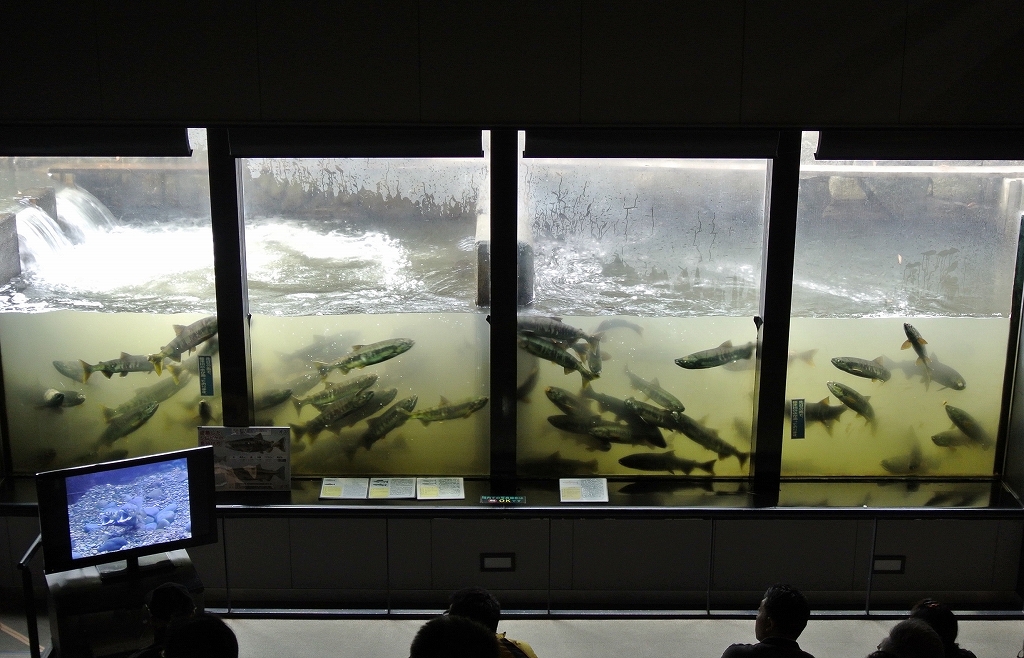
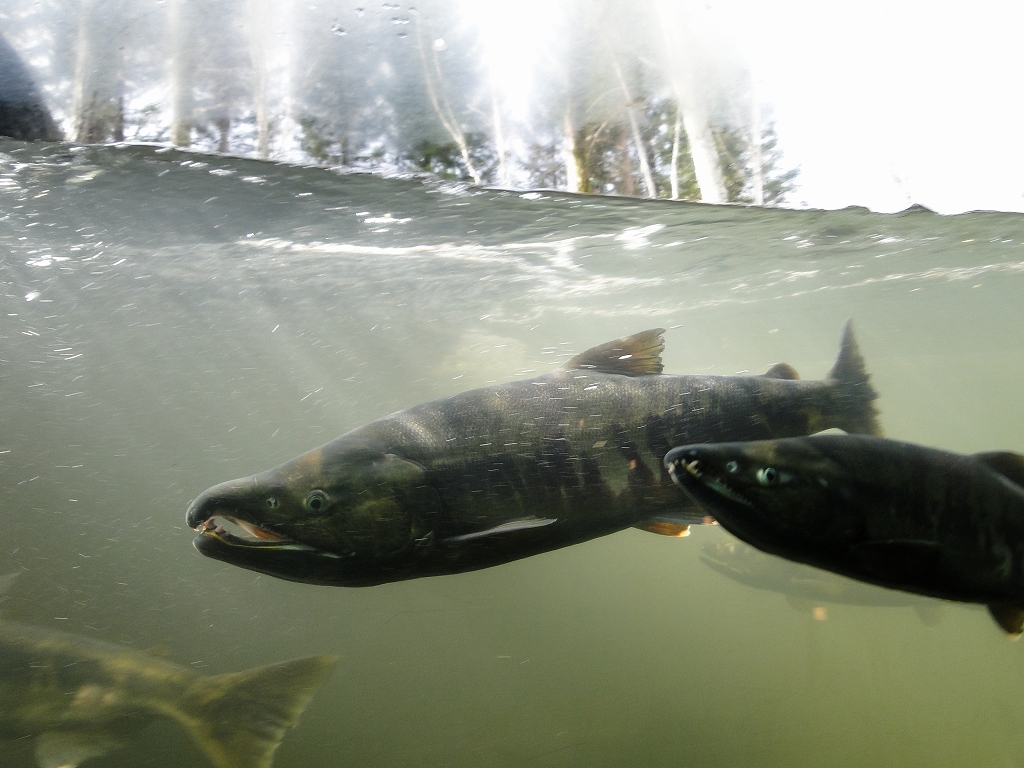
The fish ladder connected and flowing within the Shibetsu River, can be observed on the side of the Scientific Museum in September and October. Autumn salmon and pink salmon can be observed swimming upstream. (Courtesy of Shibetsu Salmon Museum)
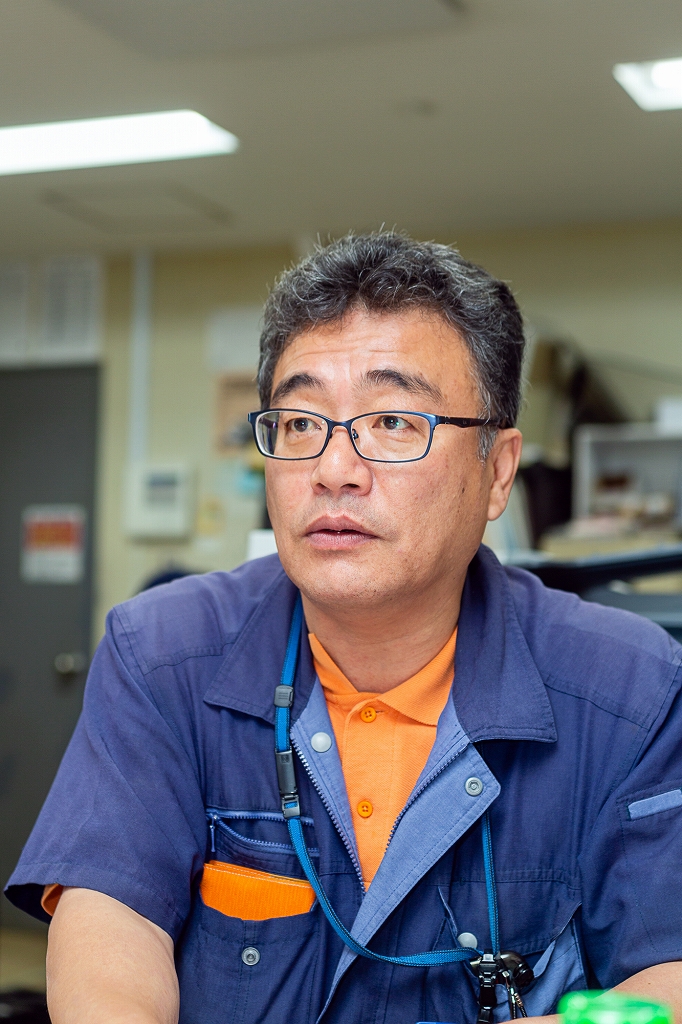
Masaki Ichimura, director of Shibetsu Salmon Museum. When he was a 6th grader in elementary school, he wrote “ My dream is to become a salmon researcher” in his graduation yearbook.
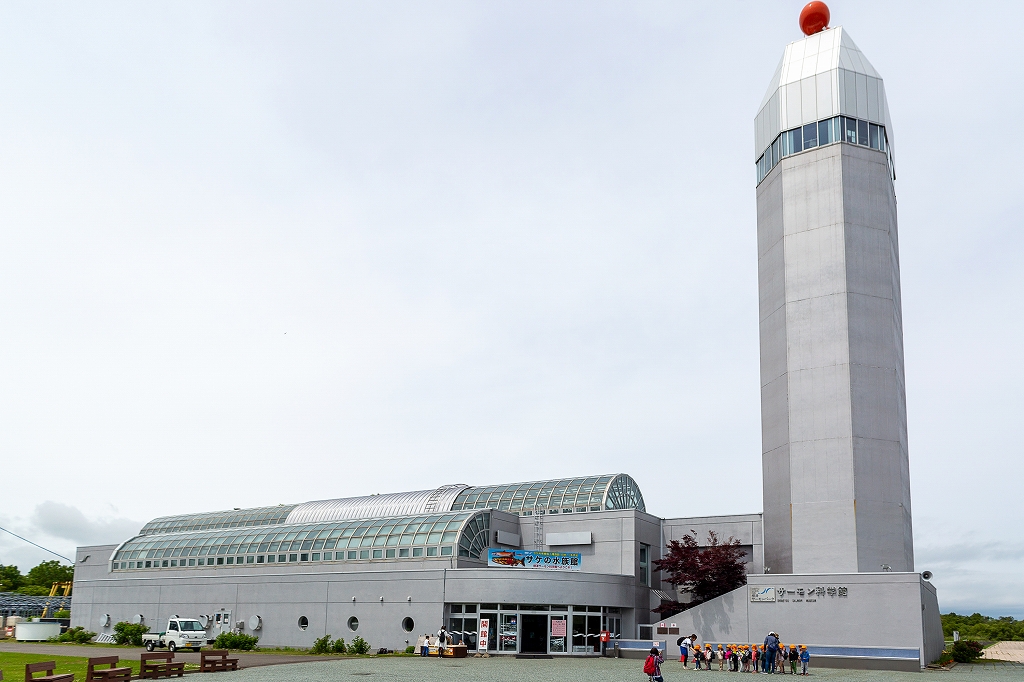
1-1,Kita 1-jo Nishi 6-chome,Shibetsu-cho, Shibetsu-gun, Hokkaido,Japan inside of Salmon Park
Tel.: 0153-82-1141
Open hours : 9:30 to 17:00
Open : May to October open all the days, February to November closed every Wednesday( In cases where Wednesday is a national holiday, closed on the following day as well), Closed in Winter in December and January
Admissions : Adult 610 yen, High school student 400 yen, elementary school and junior high school students 200 yen, over 70 year old 500 yen.
Website
In 2010, a salmon fish flake factory unique even across all of Japan was established in Shibetsu Town. It was founded by Masahiko Tamura who manages a construction company in Shibetsu. After extracting the eggs and soft roe at the hatchery, these salmon are not suited for eating after they have lost all their fat. Before they were mostly used for manure or disposed of. Tamura used the low value salmon and produced not Katsuo fish flakes, but “Sakebushi” (Salmon fish flakes).
Tamura says: “In order to make delicious broth with my friends who make Soba, while we were looking for ideal ingredients for the stock, we started to think that we should use the local specialty salmon. If possible, I thought that I would like to use the salmon native to Shibetsu until the very end.”
While exploring methods for making Sakebushi, Tamura met with the Masuda Shoten, a company in Yaizu Town of Shizuoka Prefecture that has long produced the Katsuo fish flakes. He arrived at the “Tebiyama zukuri,” a traditional method and a locally learned recipe. He uses local oak timber as firewood and making smoked salmon with a direct fire with the salmon cut into 3 pieces. After smoking it, you let it rest and then repeat that process for about 1 month until the insides are dried completely. After that, the process is completed after ageing the salmon for 1 month.
Sakebushi that has moderate sweet taste and good smell doesn’t have any distinct flavor. Its delicious taste stands out when simmered with vegetables, and the broth made for noodles such as ramen. It is a popular product and ordered endlessly from all parts of Japan. The salmon that Tamura put into stock from the hatchery last year was about 80 tons worth. It is here too that we can see the pride of this salmon town.
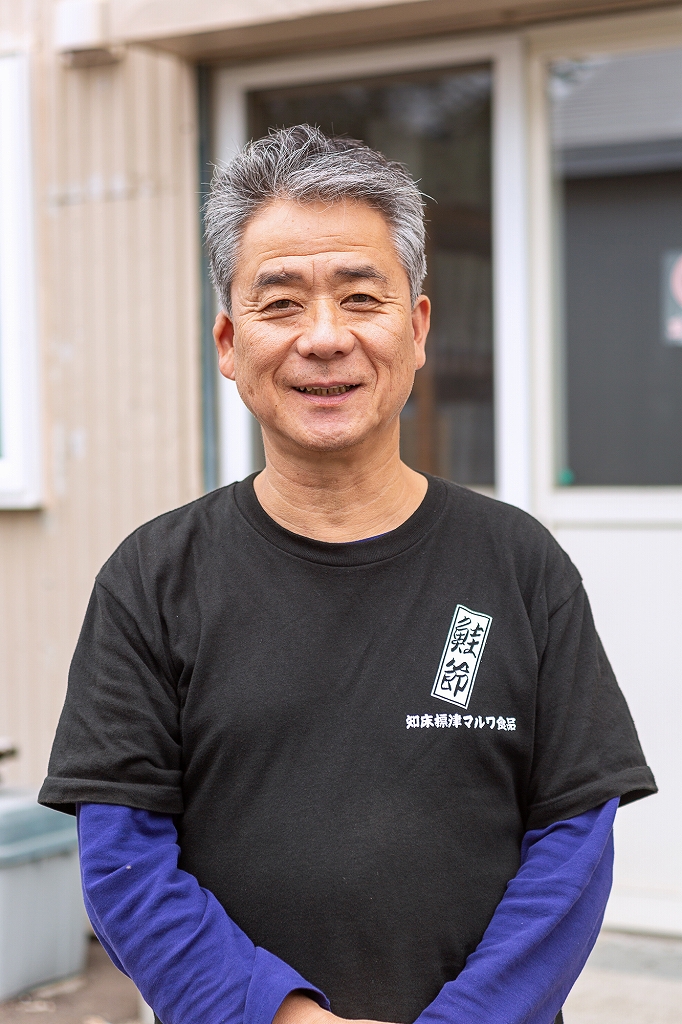
Shiretoko Shibetsu Maruwa Shokuhin, Representative Director Masanori Tamura
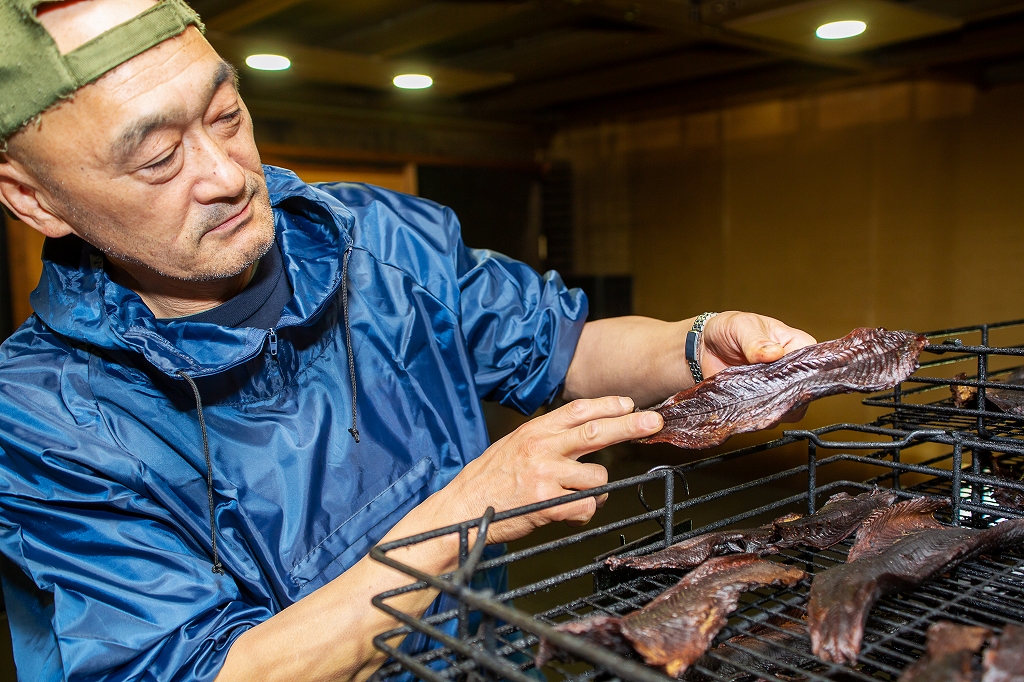
After smoking the salmon and ageing it for 1 month, this is the mostly finished state known as Sakebushi. Shaved into fine slices, it has become a commodity.
Factory Manager Kenichi Tamura.
63, Kawakita, Shibetsu-cho, Shobetsu-gun, Hokkaido, Japan
Tel.: 0153-85-2235
Website
The last person we heard from was a representative of “Shibetsu Amie,” a cooking group of unique salmon foods, Kayo Sotozaki. There are eleven members in this group. Many of them are the wives of fishermen who gathered to think about how to improve things for the local fishing industry and their own hometown, Shibetsu. In 2014, they began providing opportunities for people to easily eat these delicious fish.
“The head of my household is a salmon fixed-net fisherman, but really I didn’t like raw fish and grew up without eating it. So I understand those children who say they don’t like fish. We were experimenting in the group. Finally Salmon croquette was completed as the first original food.”
There are not only croquettes but also salmon spring rolls and salmon Kamaboko, or fish paste, that were sold during the Shibetsu Akiaji Festival l every September, at other events in the town, and so on.
“We are taking it easy and having fun while cherishing our own ambition. It has continued for 5 years, gradually gaining recognition and receiving offers from many places. The Salmon croquette fans have increased, and some of them come to every event.”
The salmon in this area support our life and are also part of a bigger whole.
It connects people to people, people to the town, and the town to nature. It shines on the roots of the people who live in this land. It shines on the past, as well as the future. The story of “the mecca of salmon,” having 10,000 years history, continues from here onwards.
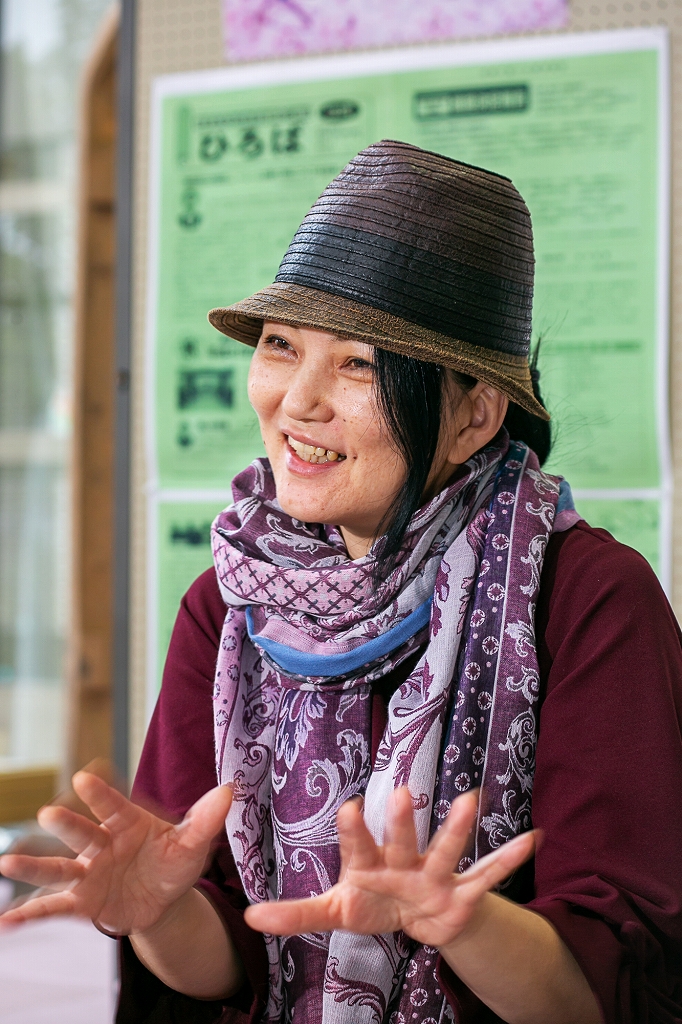
The representative of Shibetsu Amie, Kayo Sotozaki
“ One day, I would like all of the townspeople to eat our croquette. And it would be great if we extended to many kinds of croquette other than salmon, such as using local specialties like scallops and cheese .
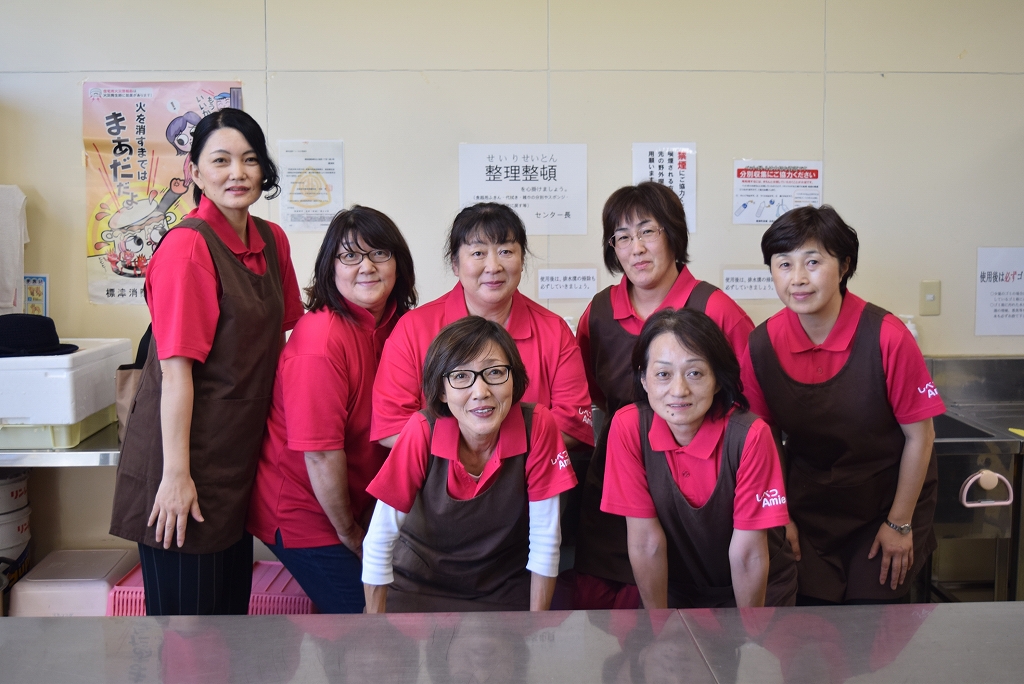
Members of Shibetsu Amie. Amie means “girl friend” in French.
Shibetsu Akiaji Festival
Date : Late September on Sunday(2019 open September 29th)
Location : Shibetsu Salmon Square(1-1, Kita 1-jo Nishi 6, Shibetsu-cho, Shibetsu-gun, Hokkaido,Japan)
Detail : Selling salmon extremely cheap price, Hand catching salmon, Delicious Yatai Village, Free Salmon Roe Don, (etc.)
Tel.: 0153-82-2131(Shibetsu Town Tourism Association)
Website